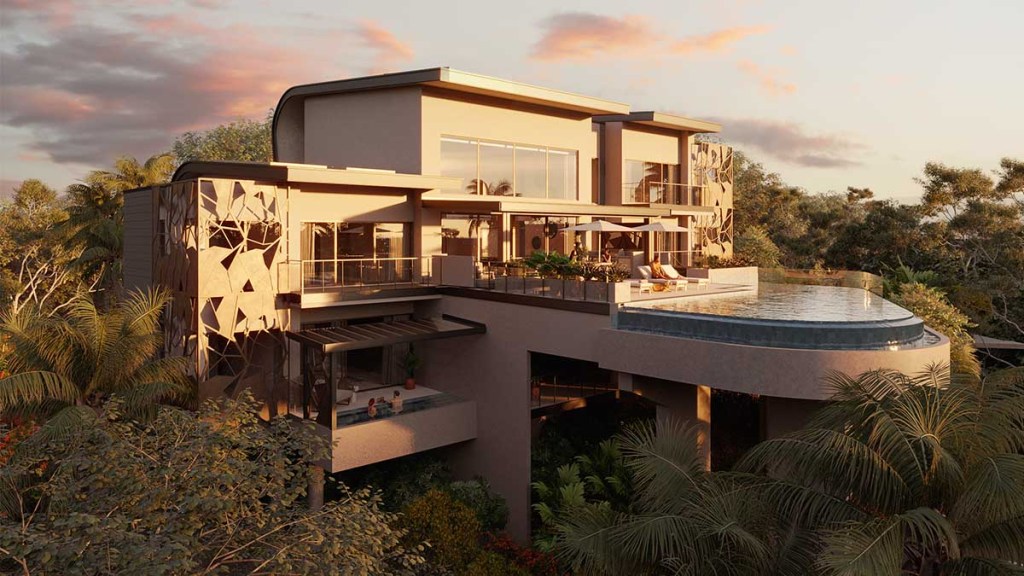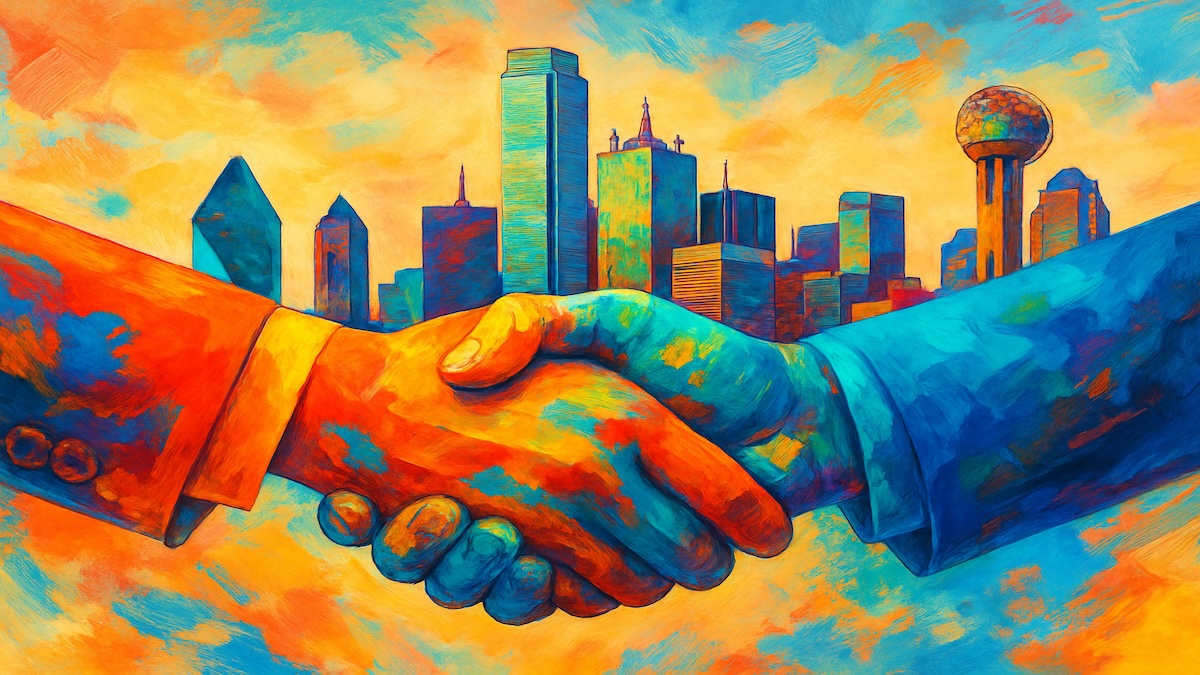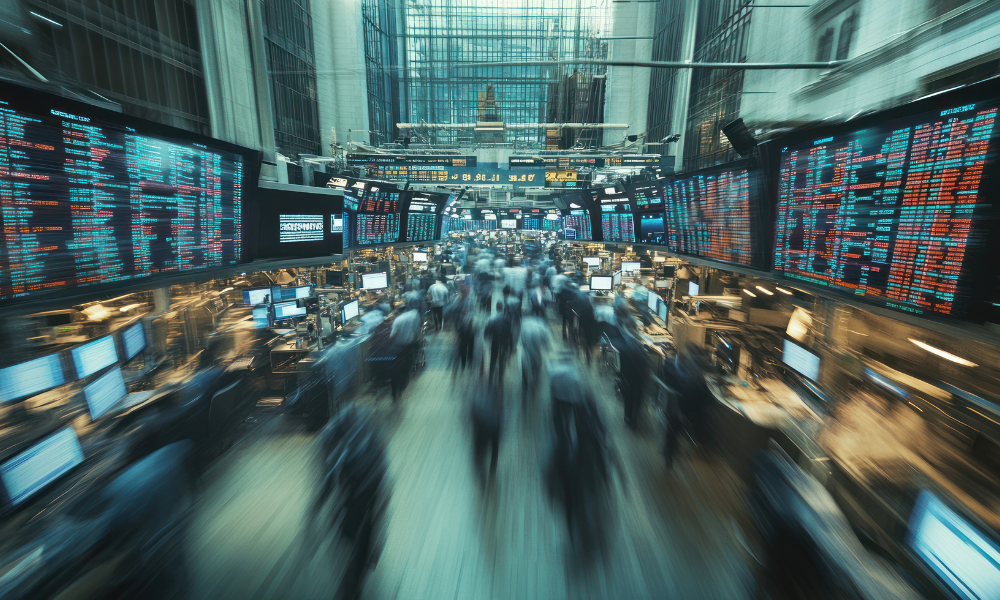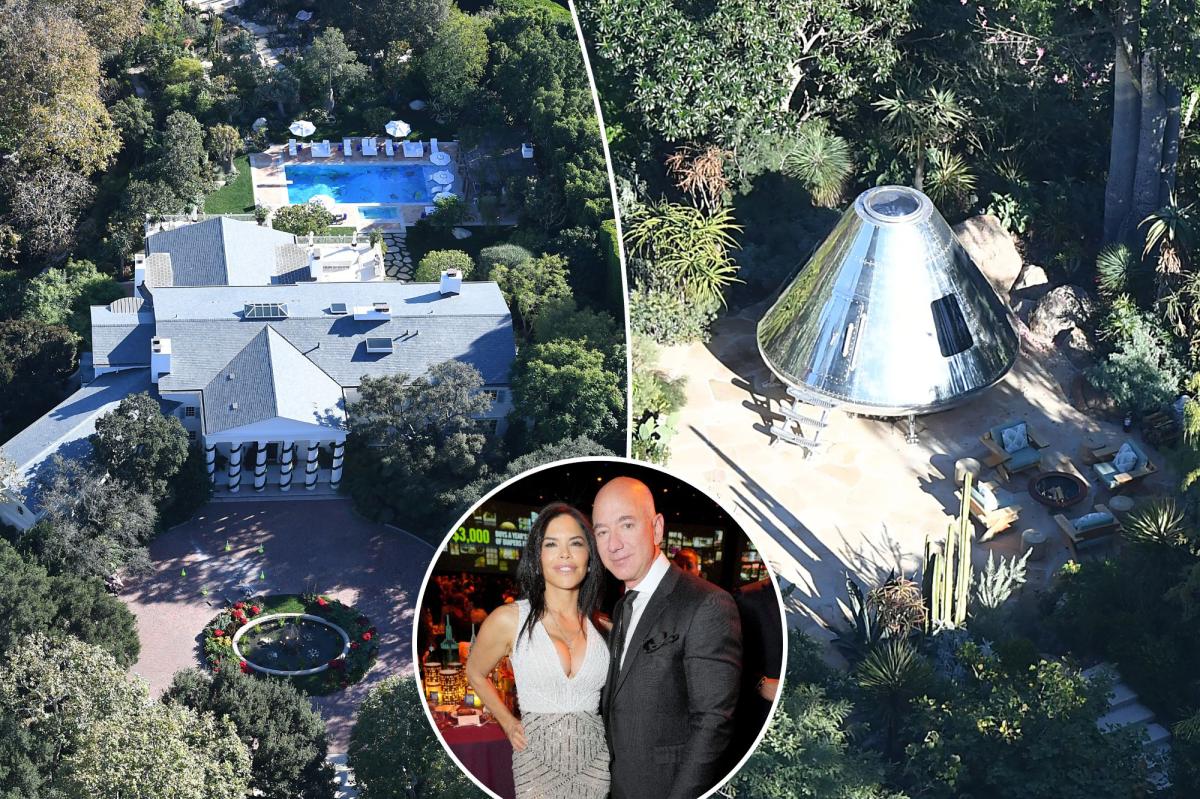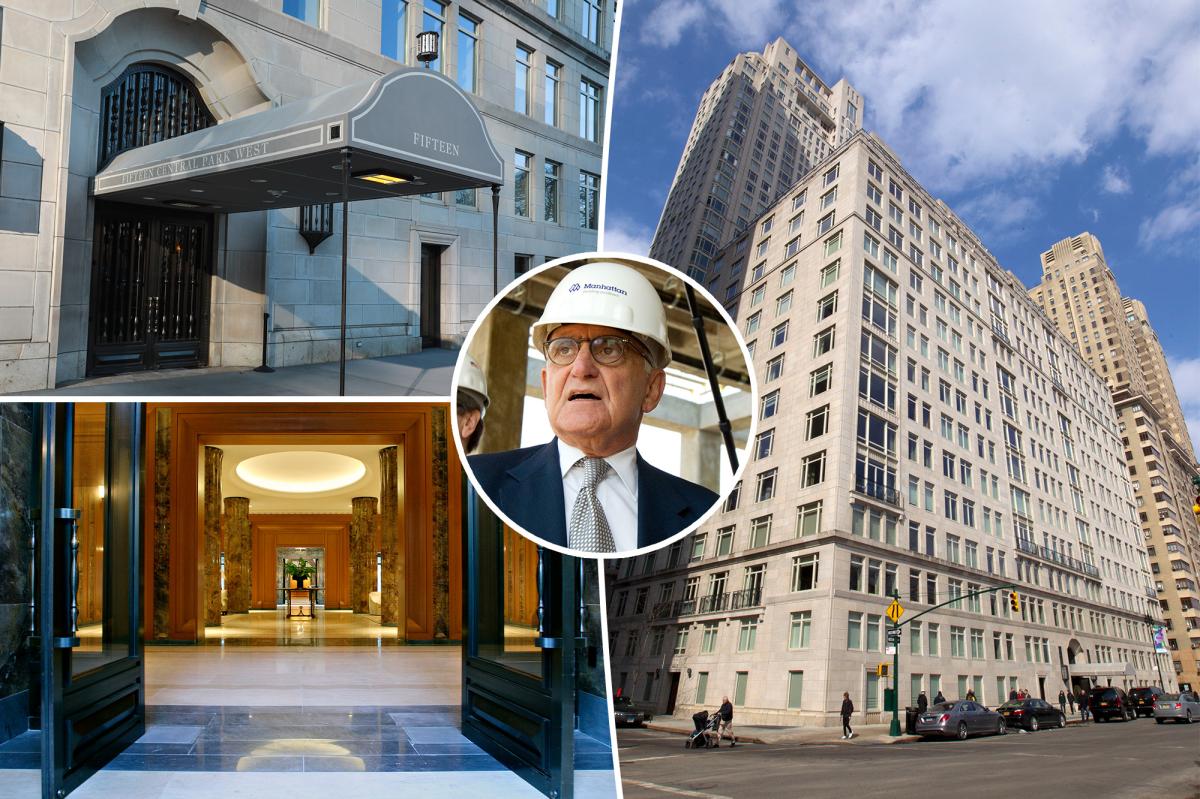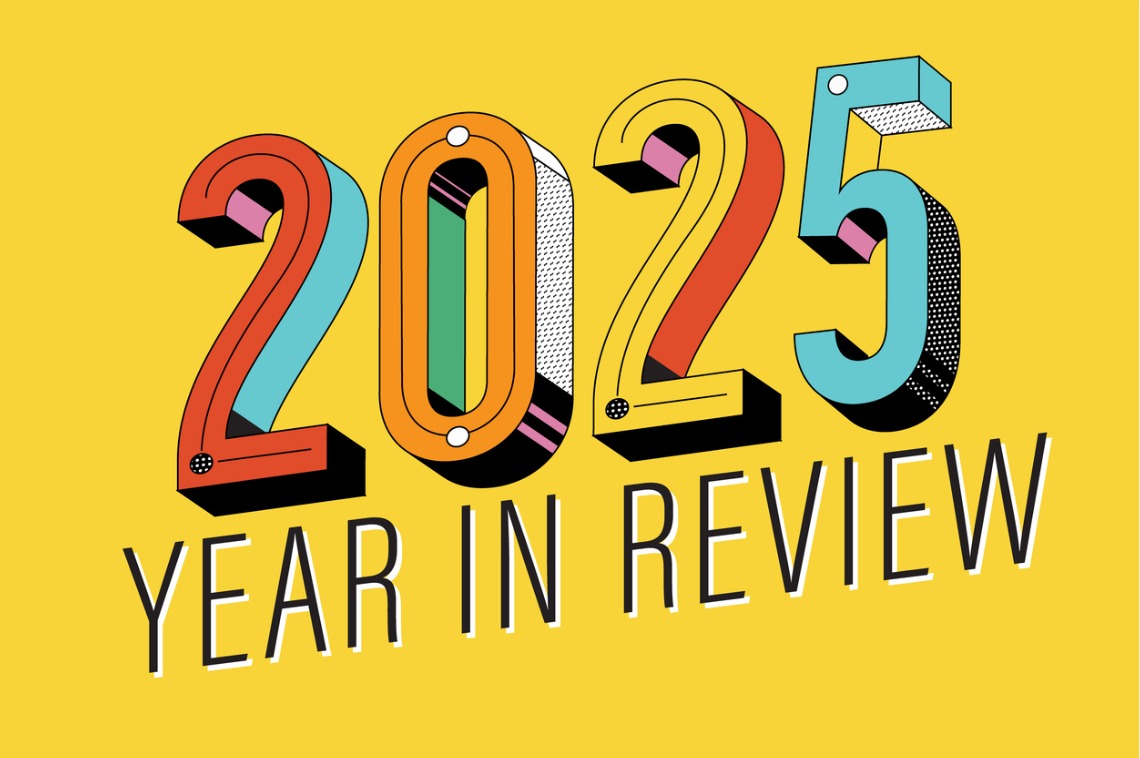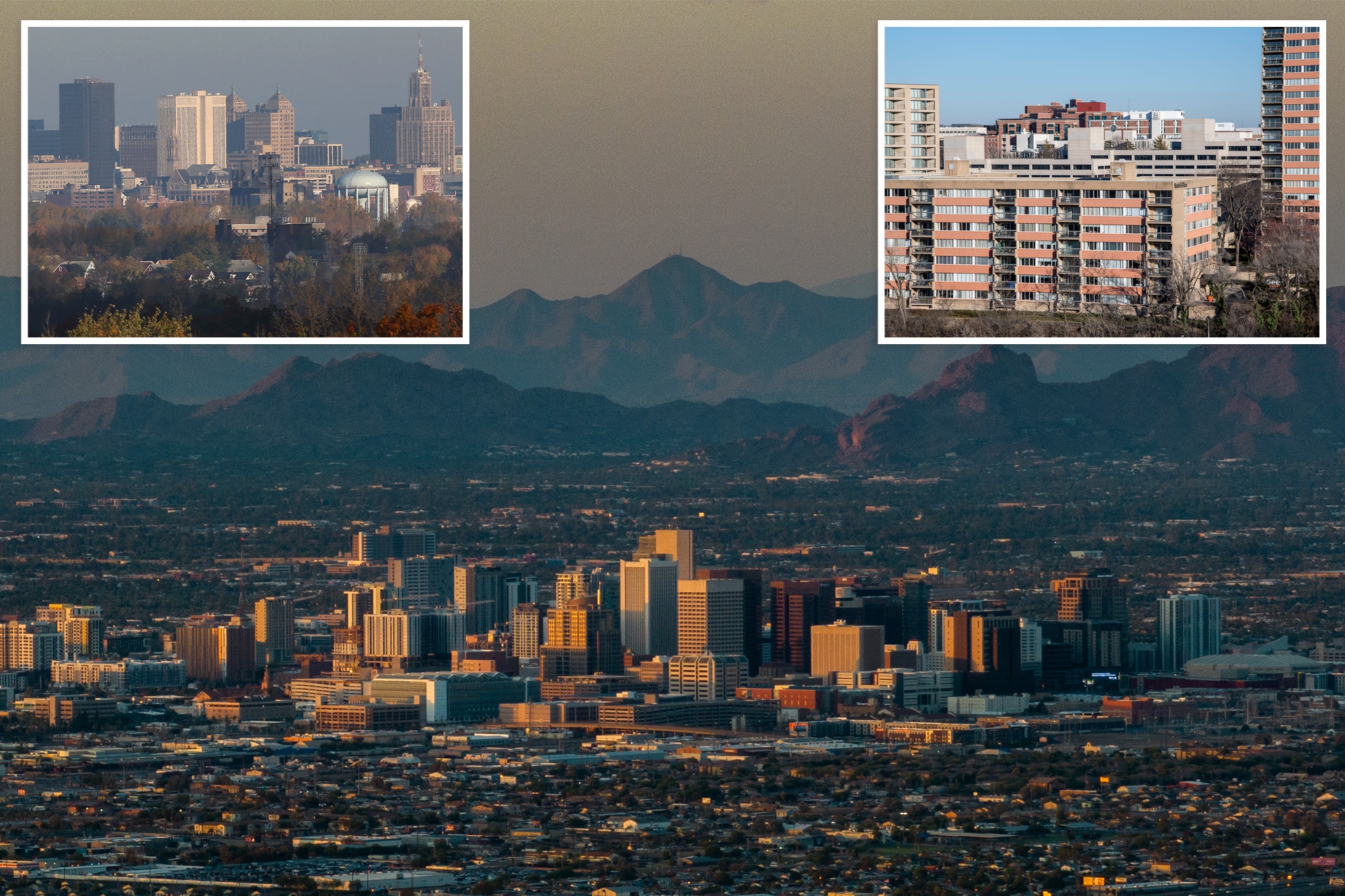L
uxury real estate is no longer just about opulence and exclusivity, but also about values and sustainability. Deep-pocketed buyers expect their homes to reflect not only their taste but also their commitment to the environment. As a result, forward-thinking developers are incorporating eco-friendly features into their projects.
One Wall Street in Manhattan's Financial District is a prime example of this trend. Instead of demolishing the landmark Art Deco tower, developers opted for adaptive reuse, installing high-performance glazing and energy-efficient HVAC systems while preserving the building's original character. Residents can enjoy wraparound terraces and garden nooks, rare luxuries in lower Manhattan.
"Sustainability today means more than just energy efficiency," says Anna Zarro, One Wall's president of sales. "It's a holistic approach that encompasses wellness, longevity, and environmental responsibility." The building's residents celebrated Earth Day by gardening together on the rooftop terrace, a testament to their commitment to sustainability.
In contrast, Manhattan's Flatiron House takes a more radical approach to sustainability. This development prioritizes biophilic design, incorporating limestone-and-bronze facades, walnut and bronze interiors, and individual gardens integrated into deep loggias. Residents can enjoy self-irrigated plantings in their own private outdoor spaces.
The trend is not limited to new builds; retrofits are also gaining traction. For example, 210 South 12th Street in Philadelphia features a fully automated EV-compatible garage, VRF HVAC systems, and smart-home tech for energy tracking. The building's eco-bonuses include a car-share fleet that offers a low-emissions alternative to car ownership.
In Brooklyn, Tankhouse and SO–IL are reshaping the residential landscape with bold, eco-conscious developments like 144 Vanderbilt in Fort Greene. This striking concrete structure features private outdoor space, open-air staircases, and breezeways for natural ventilation, as well as an innovative QAHV electric hot water system powered by CO₂.
The W Residences in Costa Rica take sustainability to the next level, built around responsible luxury from the ground up. The property protects nearly 100 acres of dry tropical forest, has installed over 1,400 solar panels, and features a private desalination plant, reforestation efforts, and an apiary housing two-and-a-half million bees.
This convergence of beauty, performance, and responsibility is inspiring international projects like architect Stefano Boeri's Vertical Forests. Toronto's 138 Yorkville will feature over 120 terrace-planted trees when completed in 2028, creating a vertical forest with a city skyline view. The future of high-end real estate is increasingly rooted in sustainability, from condos with pollinator gardens to penthouses that breathe.
